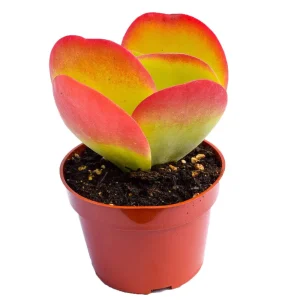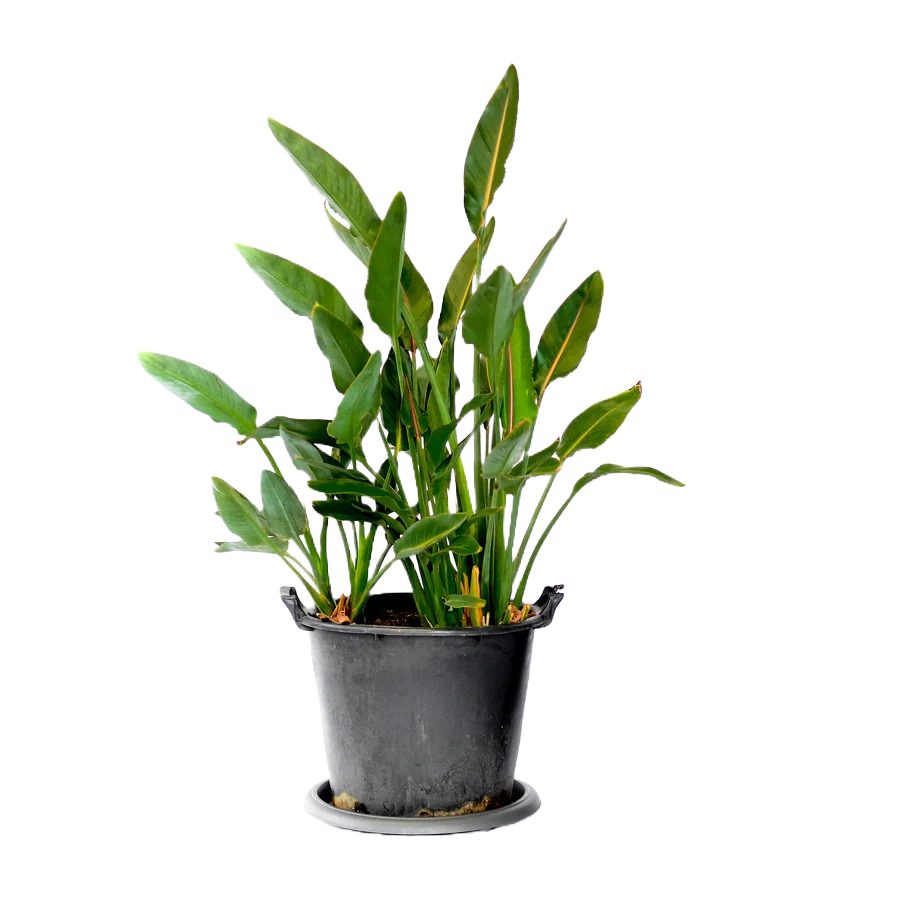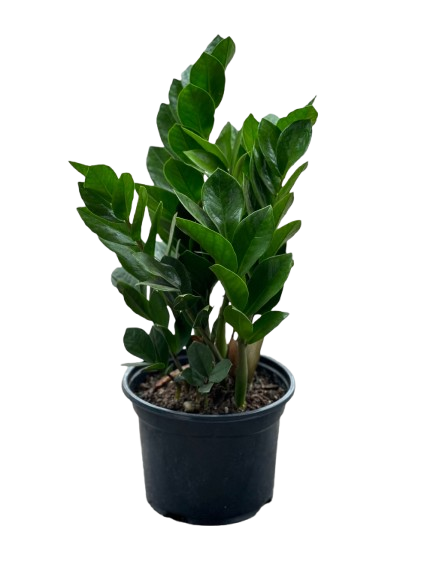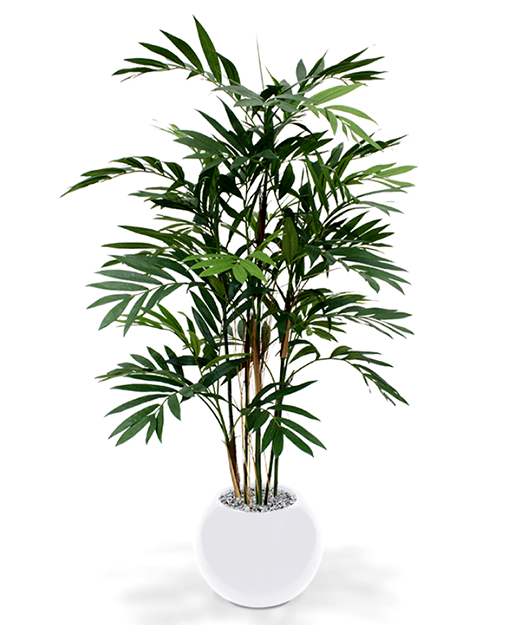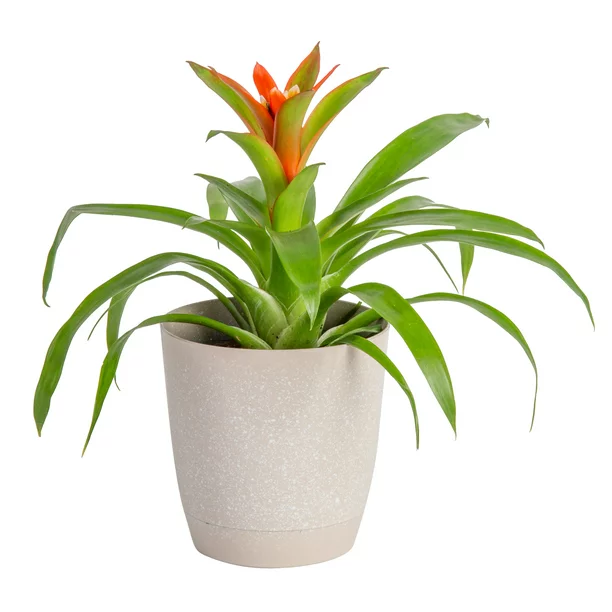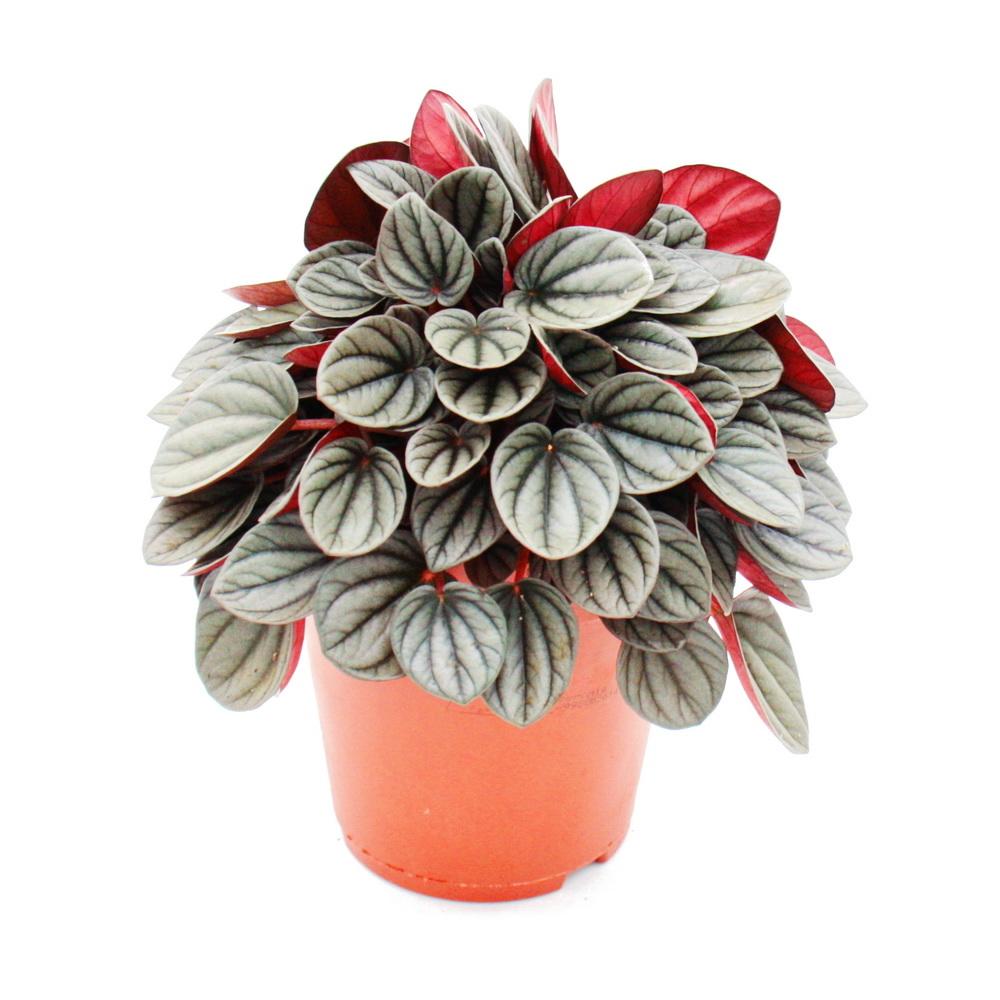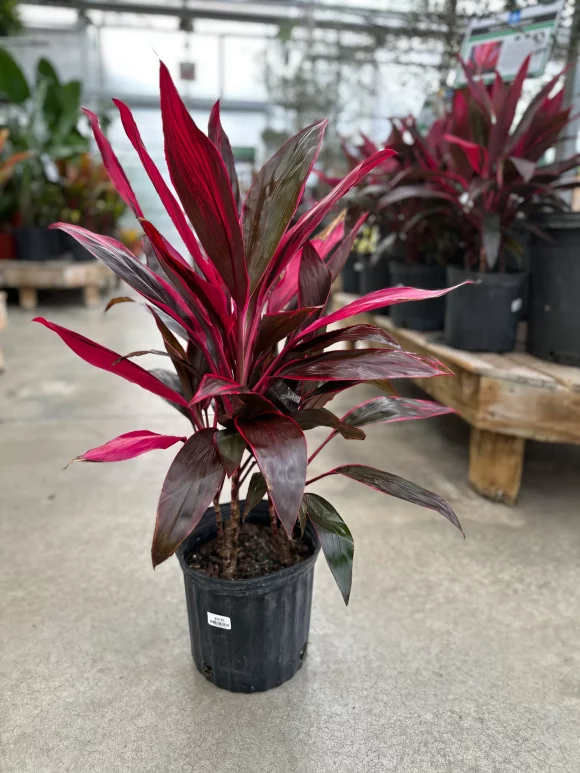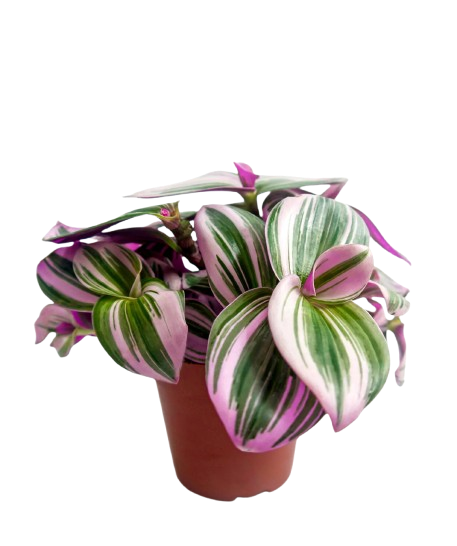Wisteria Plant – Cascading Blooms for a Magical Garden
The Wisteria plant is a spectacular flowering climber, famous for its fragrant, cascading blooms and vigorous growth—ideal for creating romantic garden spaces.
Availability Notice:
-
Pre-Order Basis: This product is made-to-order and imported exclusively for our customers.
-
Shipping Schedule: We place import orders every 21-30 days.
-
Your Delivery: Your order will be shipped from the next available shipment. Please allow a full 21-30 days for delivery after your purchase is confirmed.
Recently Viewed
Description
Wisteria – Cascading Blooms for a Magical Garden
Overview
Wisteria is a fast-growing, woody climbing vine celebrated for its long, fragrant clusters of pea-like flowers in purple, blue, pink or white. When trained over pergolas, arbors, and trellises it creates dramatic, romantic displays that transform outdoor spaces into a dreamlike retreat.
Historical & Cultural Significance
Wisteria has deep cultural roots across Asia and Europe. In Japan, fuji (wisteria) is associated with love, longevity and elegance and is honored in spring festivals. In China it appears frequently in poetry and classical gardens as a symbol of grace. In Victorian Europe Wisteria was prized in formal gardens for its romantic, cascading blooms.
Outdoor or Indoor Suitability
- Best placement: Outdoors — full sun to partial shade (minimum 6 hours of direct sun recommended for best flowering).
- Support: Requires strong support (pergolas, arbors, heavy-duty trellis or fence) as mature vines become heavy.
- Soil & watering: Prefers well-draining, moderately fertile soil; regular watering when young, more drought-tolerant once established.
- Climate: Thrives in temperate climates; protect young plants from late frosts.
Pet Safety
Warning: Wisteria seeds and seed pods are toxic if ingested by pets and humans and can cause nausea, vomiting or stomach upset. Keep plants and fallen pods away from children and animals.
Common Pests & Diseases
- Aphids & scale insects: May appear on young shoots—treat early with insecticidal soap or manual removal.
- Powdery mildew: Can occur in humid, poorly ventilated areas—ensure good airflow and avoid overhead watering.
- Root rot: Results from poor drainage—plant in well-draining soil and avoid waterlogging.
Care & Maintenance
- Watering: Keep evenly moist during first 1–2 years; established plants tolerate short dry periods.
- Pruning: Prune twice yearly — lightly in summer (to control shoots) and more heavily in winter (to shape and encourage flowering buds).
- Feeding: Apply a balanced, phosphorus-rich fertilizer in early spring to promote blooms; avoid high-nitrogen feeds that promote leafy growth over flowers.
- Training: Tie and train young stems along supports; remove crossing or congested growth to maintain structure.
Why Choose Wisteria
Wisteria offers breathtaking seasonal displays and an unmistakable fragrance that elevates any garden. With proper support and pruning it becomes a long-lived, statement-making vine—perfect for entrances, pergolas, and feature walls.
Order your Wisteria plant today to add cascading blooms and timeless charm to your garden.
The Wisteria plant is a spectacular flowering climber, famous for its fragrant, cascading blooms and vigorous growth—ideal for creating romantic garden spaces.
Pony Tail(Beaucarnea recurvata) Buy Plants
Chamaedorea Palm
Bromeliads
Cordyline





